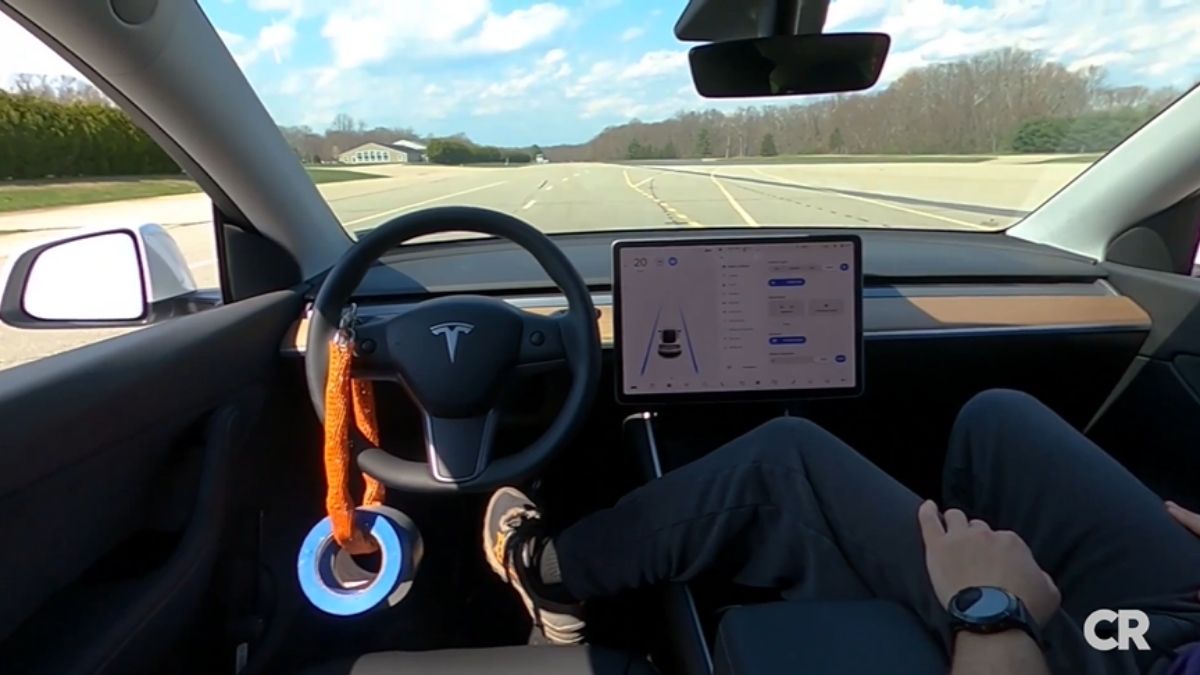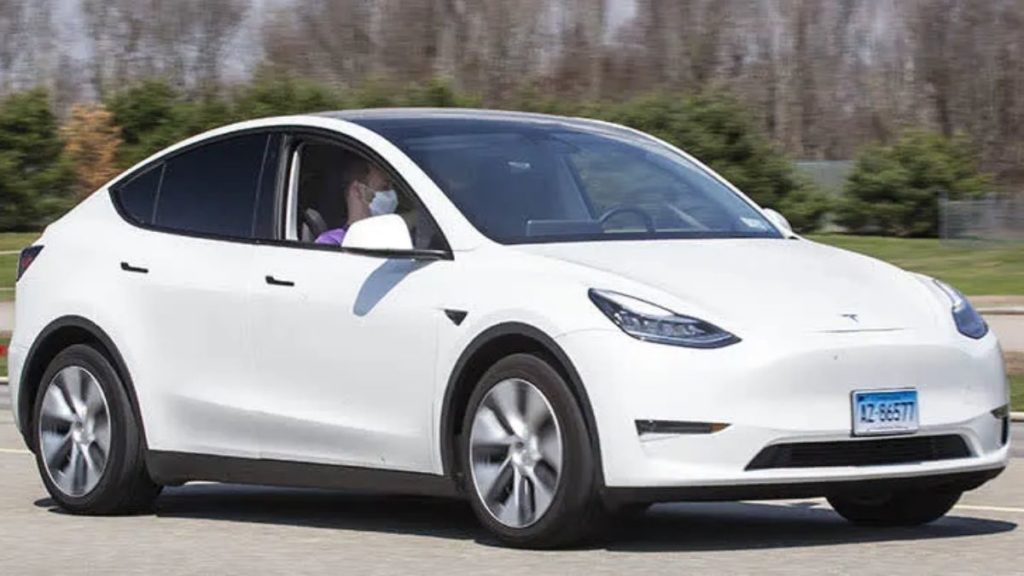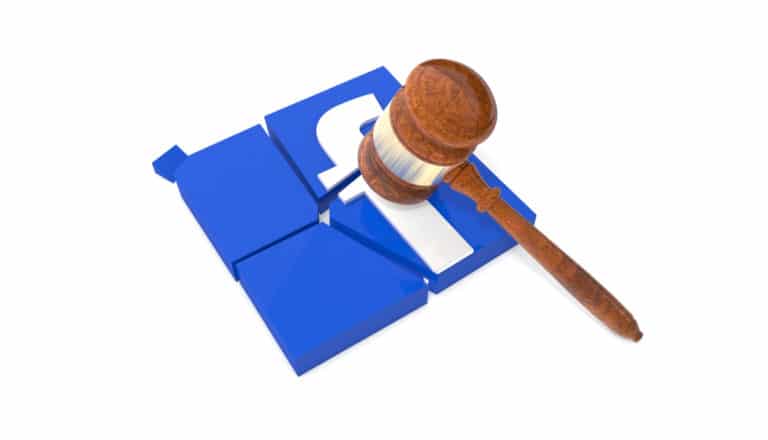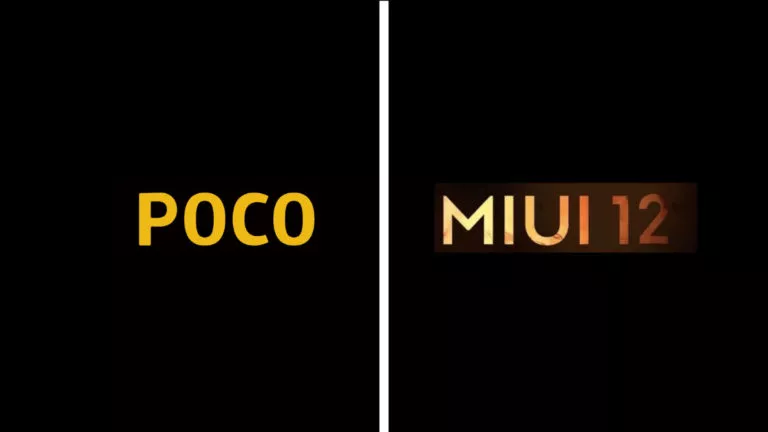This Crazy Trick Shows How Tesla Autopilot Can Be Fooled

Despite being one of the best driving assistance systems, Tesla Autopilot can be fooled into driving with no one in the driver’s seat.
Recently, a team of researchers experimented and showed how easy it is to trick a Tesla Autopilot system. Tesla cars have sensors that require the driver to put their hands on the steering all the time for its Autopilot system to operate.
If the driver removes his/her hands from the steering then the system disengages.
However, Consumer Reports engineers tricked the system and drove Telsa without the driver on the seat. This also explains how some people manage to drive their Tesla while sleeping, eating, or doing other stuff in the car.
This is extremely dangerous and we have seen people involved in tragic accidents in Tesla due to their carelessness.
Anyway, let’s tell you guys how these engineers have fooled the Tesla Autopilot System.
This Is How Tesla Autopilot System Can Be Fooled

The test was conducted on a closed track, and a low speed was maintained for safety purposes.
Jake Fisher, the senior director of the testing team, engaged Autopilot while the car was on track. After that, he set the speed dial to zero, which brought the car to a stationary position.
Then he hung a small weight on the steering wheel to simulate the pressure of hands. Following this, Fisher moved to the co-driver seat without opening any door and the seat belt as it would disengage the Autopilot.
Fisher then increased the speed through the speed dial on the right side of the wheel. The car was moving and following the lines on the track. There wasn’t a single warning that no one was on the seat and there were no hands on the steering wheel.
Fisher said they were surprised to see how easy it was to defeat the insufficient safeguards. He said no one should try this, and they did it on a closed closure and under the supervision of the safety crew.
Fisher also commented, “It’s reckless, illegal, and potentially life-threatening.”
What Tesla Should Do To Make The System Better?

In one of our Tesla Autopilot explainers, we have mentioned that Tesla uses sensors to calculate the amount of pressure a driver applies on the steering wheel.
If the pressure is less than recommended, the system warns the driver and eventually disengages. Apart from this, there isn’t any other system to check if the driver is really paying attention or not.
Meanwhile, other automakers seem to have a much safer driver assistance system. For reference, the Super Cruise System in General Motors uses a driver’s seat-facing camera to ensure the driver is alert.
Tesla can improve its system by incorporating similar cameras that can monitor the eyes and head movement of the driver. In addition, there should be sensors in the driver’s seat that could tell if a driver is sitting on the seat or not.
Furthermore, we believe it would be better if there are thermal sensors on the steering wheel that not only measure the torque but also the temperature and pulse rate of the driver. This way it would be very difficult for anyone to trick the system.
Final Thoughts
Recently, we have witnessed a fatal crash in a Tesla Model S that raised a big question mark on the automaker’s driving assistance system.
Although Elon Musk clarified through his tweet that the autopilot wasn’t engaged during the crash but still this is not the first time Tesla met such an accident. As of now, NHTSA is investigating the matter.
Prior to this, we have also seen a couple of times drivers falling asleep at high speed while driving a Tesla.
Earlier, there wasn’t a requirement of always keeping hands on the steering wheels in Tesla cars while driving. However, Tesla has now made it mandatory to improve the system.
We hope Tesla will keep on enhancing its system and learn from such incidents.
Source: Consumer Reports






